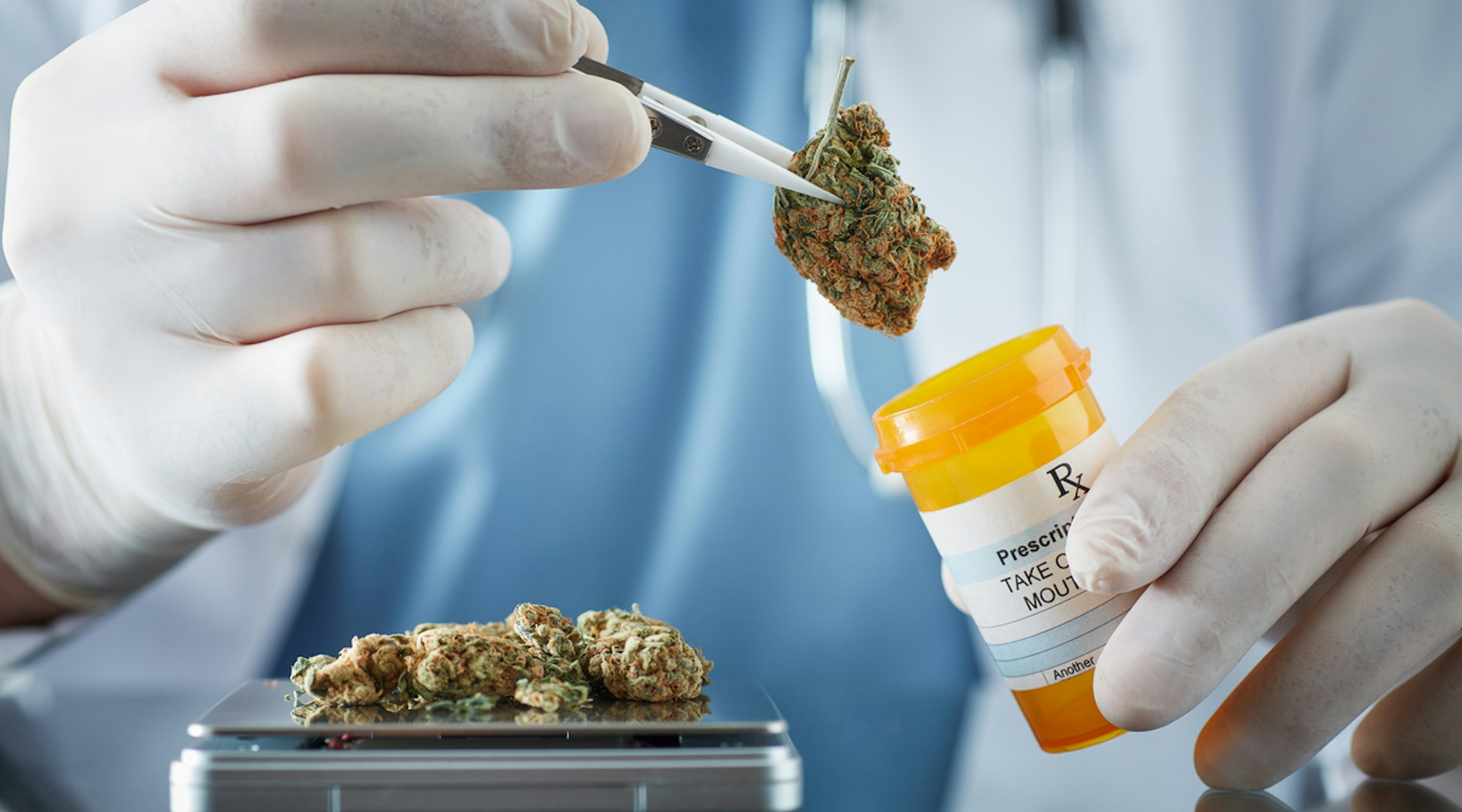Since being legalised in the UK in November 2018, medical cannabis treatment has become increasingly accessible to patients with a wide range of conditions.
For many, it is an effective alternative to more conventional therapies that have proven inadequate in managing symptoms.
However, medical cannabis is not a “one-size-fits-all” therapy. Rather, it can take a period of adjustment to identify the right product and dose to maximise the benefits.
Enter the process of titration.
What is titration?
You may now be wondering, “What is the meaning of titration?”. And you’re not alone. Many medical cannabis patients may have been introduced to the process of medicine titration, either while using other medications to manage their condition, or while speaking with their consultant about medical cannabis treatment. So, what is the definition of titration in medications?
Put simply, titration is a technique used in the medical world to introduce or cease certain medications gradually. This can mean building up slowly from a low dose to higher doses, or reducing the dose over time until a patient can stop taking the medicine completely.
Why is titration important in medicine?
Some medicines can be unpredictable when first introduced. Patients can respond differently to certain chemicals and may require a specific dose to achieve the desired outcomes. This can depend on a number of factors, including the condition being treated, the patient’s age, overall health, body weight, and past experience with the drug or similar drugs.
When is titration used?
Titration is important to limit potential side effects associated with the prescribed medication. Titration methods are employed with certain medications that require a gradual increase (up-titration) or decrease (down-titration) in dose.
Up-titration meaning
When first starting treatment with certain medications, low doses will initially be prescribed. For example, patients prescribed stimulants for ADHD are regularly put on a titration plan, starting with a low dose. This is then increased, depending on the response to the medication, until an optimum balance between symptom management and the suppression of side effects is achieved. This is called “up-titration”.
Down-titration meaning
On the other hand, for patients who are aiming to cease the use of a medication, down-titration may be employed. This is the process of gradually reducing the dose of a medicine. When done correctly, this can help to limit withdrawal symptoms that may be experienced when removing certain medications.
Titration and medical cannabis
So, why is titration important in medical cannabis? Cannabis-based medicines can contain varying levels of cannabinoids, including CBD and THC, as well as other compounds found within the cannabis plant.
As with many other compounds, patients can react significantly differently to these products, making caution vital when initiating medical cannabis treatment. The specialist clinician in charge of your treatment plan will take this into account when prescribing your treatment.
The main aim of medical cannabis therapy is to achieve therapeutic results without producing undesired side effects.
Limiting medical cannabis side effects
Many of the side effects of medical cannabis are associated with THC. This is the most common psychoactive compound found in the cannabis plant; however, it can also demonstrate significant therapeutic potential, which can be beneficial for a wide range of conditions.
Some side effects associated with medical cannabis can include nausea, drowsiness, dizziness, tiredness, anxiety and other mood changes, appetite changes, and diarrhoea. It is important to monitor these effects, alongside positive effects, throughout your titration journey to ensure the most effective and least disruptive treatment.
A patient guide to titration
When first starting out on your medical cannabis treatment journey, you will likely have a lot of questions about the different products and dosages. The good news is, that your clinician will be on hand to answer these questions and hopefully put to rest any concerns you may have. Furthermore, they will also guide you through the process of titrating your prescribed medication.
The titration process can vary depending on the medical cannabis products prescribed. For example, while it is relatively easy to monitor the dosage of products such as medical cannabis oils and sprays, this can be more difficult when it comes to medical cannabis flower. So, let’s take a look at a quick guide to dosing medical cannabis flower.
Guide to medical cannabis flower and titration
When you are prescribed a medical cannabis flower product, the packaging should state the cannabinoid potency (CBD and THC) as a percentage (%) value. For example, “14% THC”. To determine an approximate dosing guide, the following steps can be used:

- Weigh the amount of flower in grams (g)
- Multiply this value by 1000 to determine its weight in milligrams (mg). E.g., 0.2g of dried flower x 1000 = 200 mg of dried flower.
- Multiply the weight in mg (200) by the % cannabinoid potency: In this example, 14% THC: 200 x 0.14 = 28.
- This provides you with an approximate cannabinoid value: In this example, there are approximately 28 mg of THC in 2g of medical cannabis flower.
The exact prescribed dosage for medical cannabis will vary depending on the condition being treated and how far along in the titration process you are.
For example, your clinician may prescribe a daily dose of 2 mg THC. In this case, using the example above:
- Divide the total mg by the required dose mg (28 / 2 = 16). This means that your daily dose should be approximately 1/16th of the total 2 g of dried flower.
- Next, divide the total weight in mg (200) by 16 (200 / 16 = 12.5). This means that 12.5 mg (or 0.125 g) of your dried medical cannabis flower will provide you with an approximate dose of 2 mg THC.
Tracking your progress
Over the first few weeks and months of your medical cannabis treatment, your recommended dosage will likely change a number of times as your clinician aims to help you titrate to the optimum dose. During this period, it is helpful to keep a written report of your progress to share at follow-up consultations.
Keeping a record of your dosing routine, any positive outcomes, as well as the incidence of adverse events (such as nausea, anxiety, etc) can help your clinician determine the best next steps in your treatment. If you vape medical cannabis flower, it may also be useful to keep a note of the temperature setting of your vaporiser.
Monitoring your treatment alongside your clinician can also help to give you more confidence in using your medicine.
Final thoughts
Titration is an extremely important consideration when it comes to safe and effective medical cannabis treatment. The “start low and go slow” approach is often cited when discussing CBD products, and the same technique should be applied when initiating medical cannabis treatment.
Your specialist clinician will work with you on your tailored treatment plan in order to maximise the benefits and limit potential side effects related to your medical cannabis treatment.






